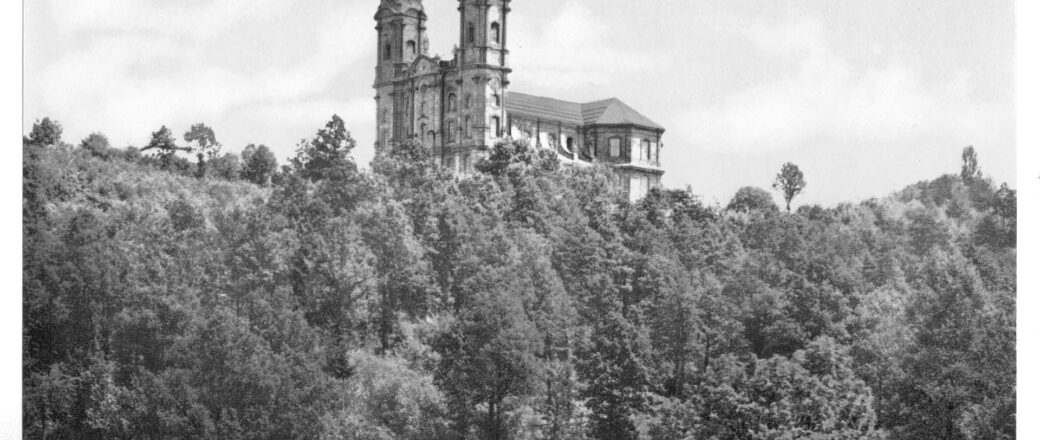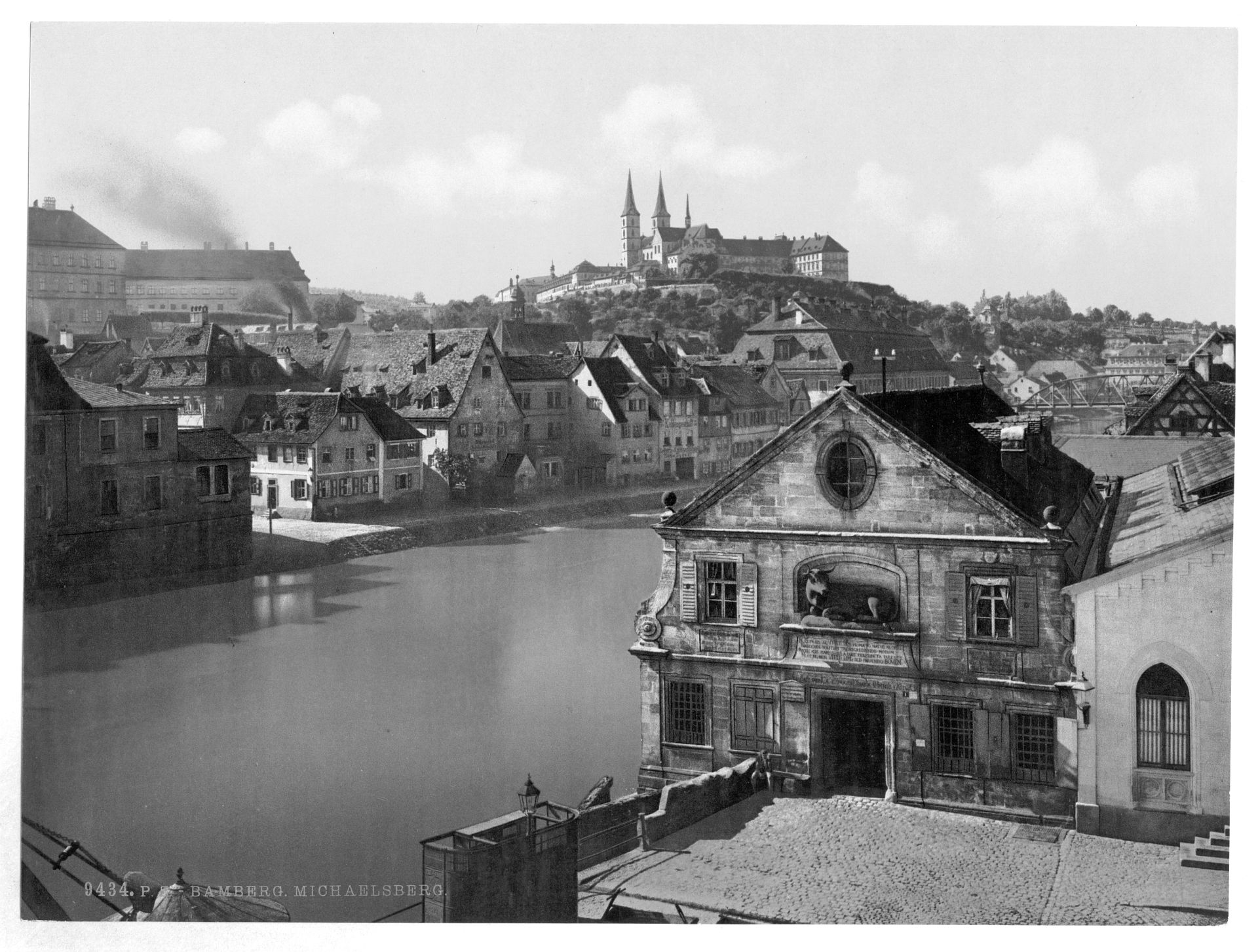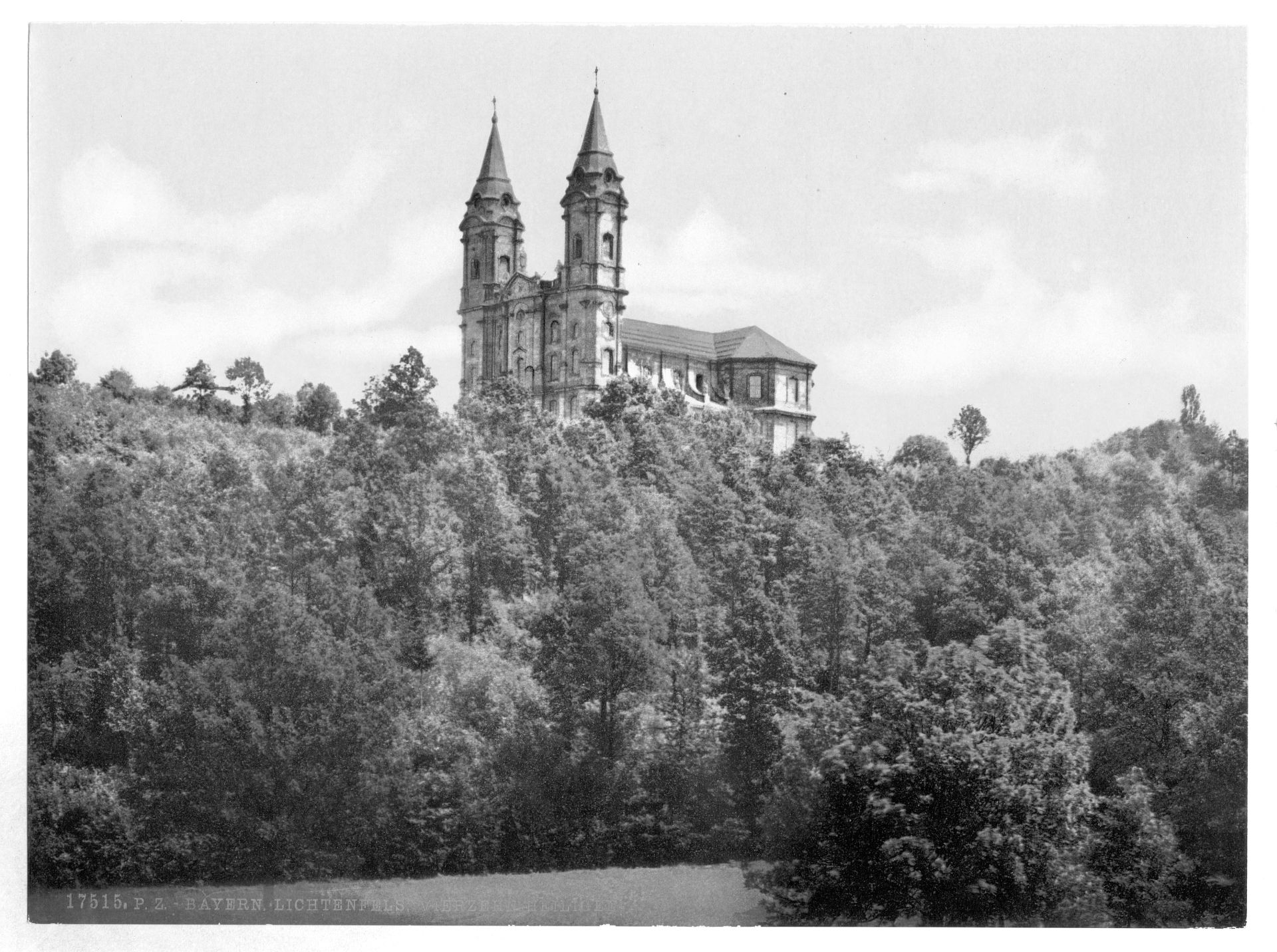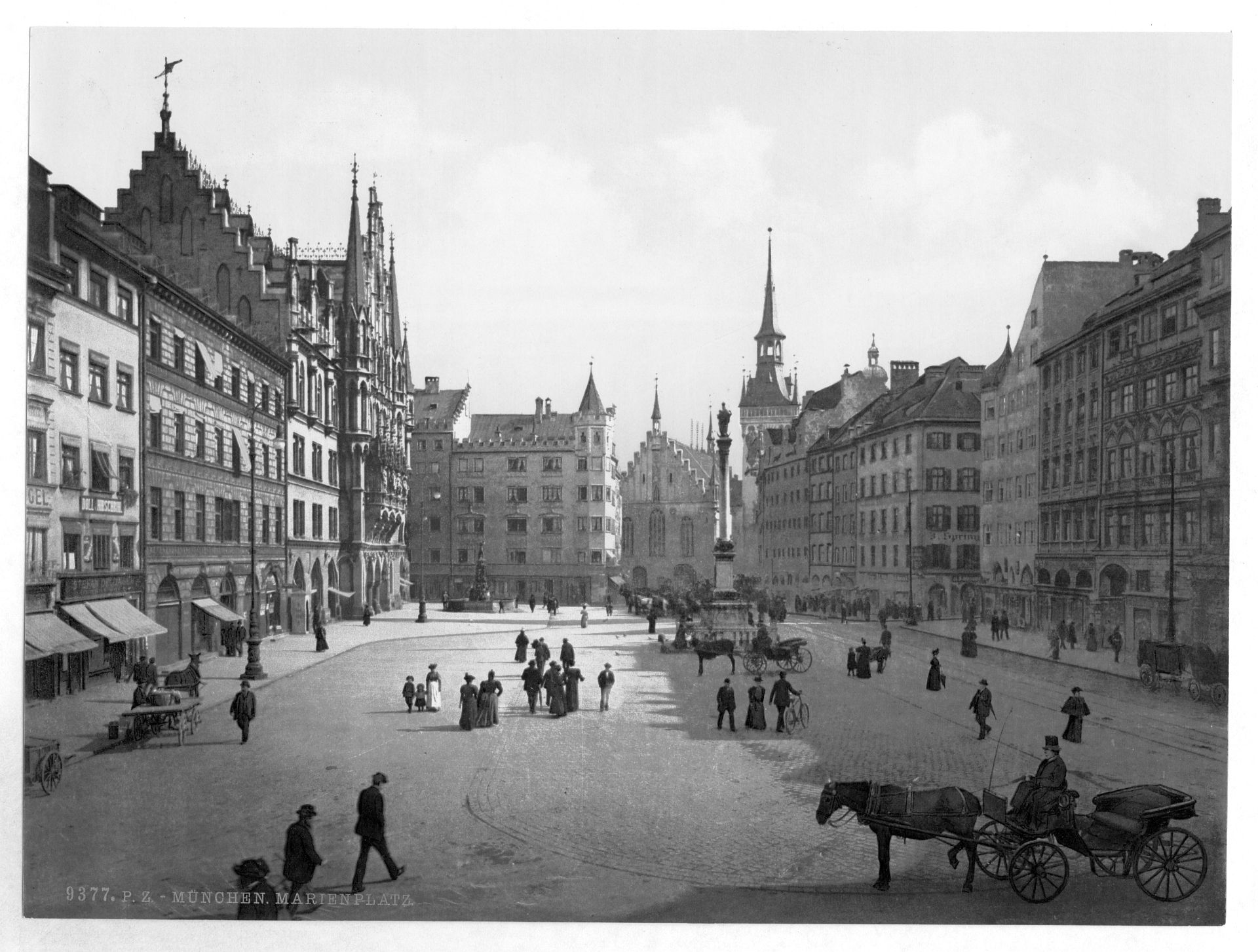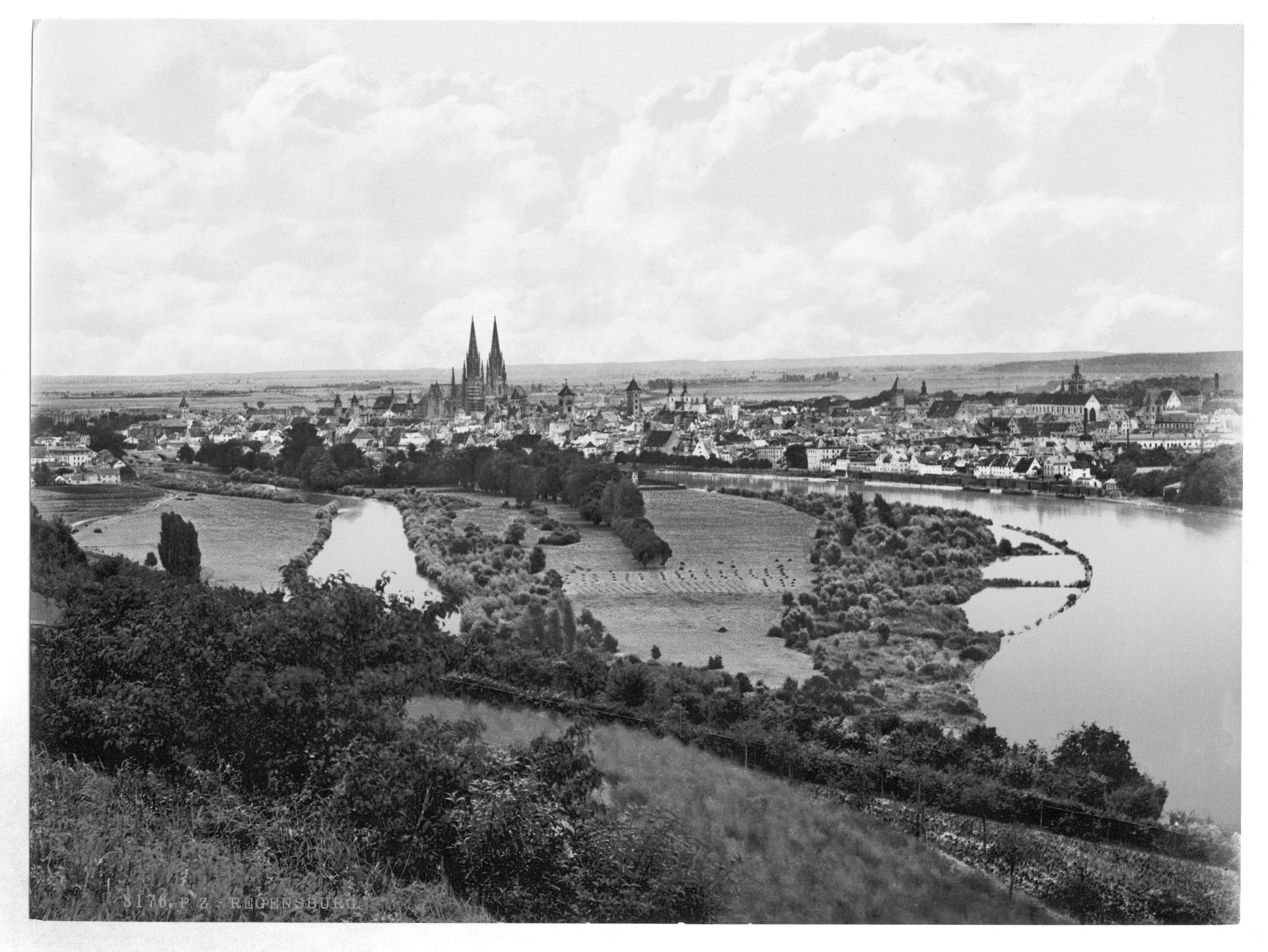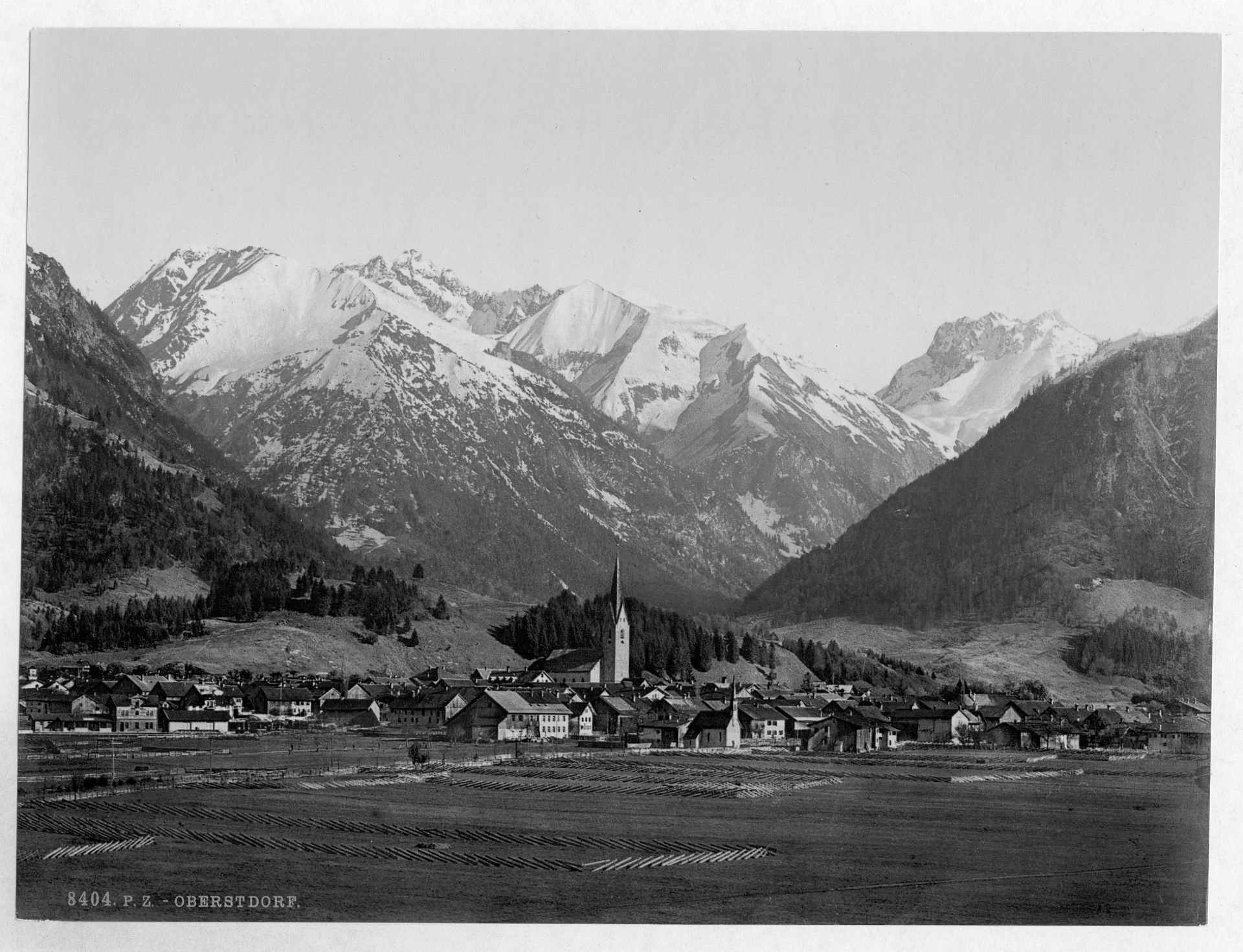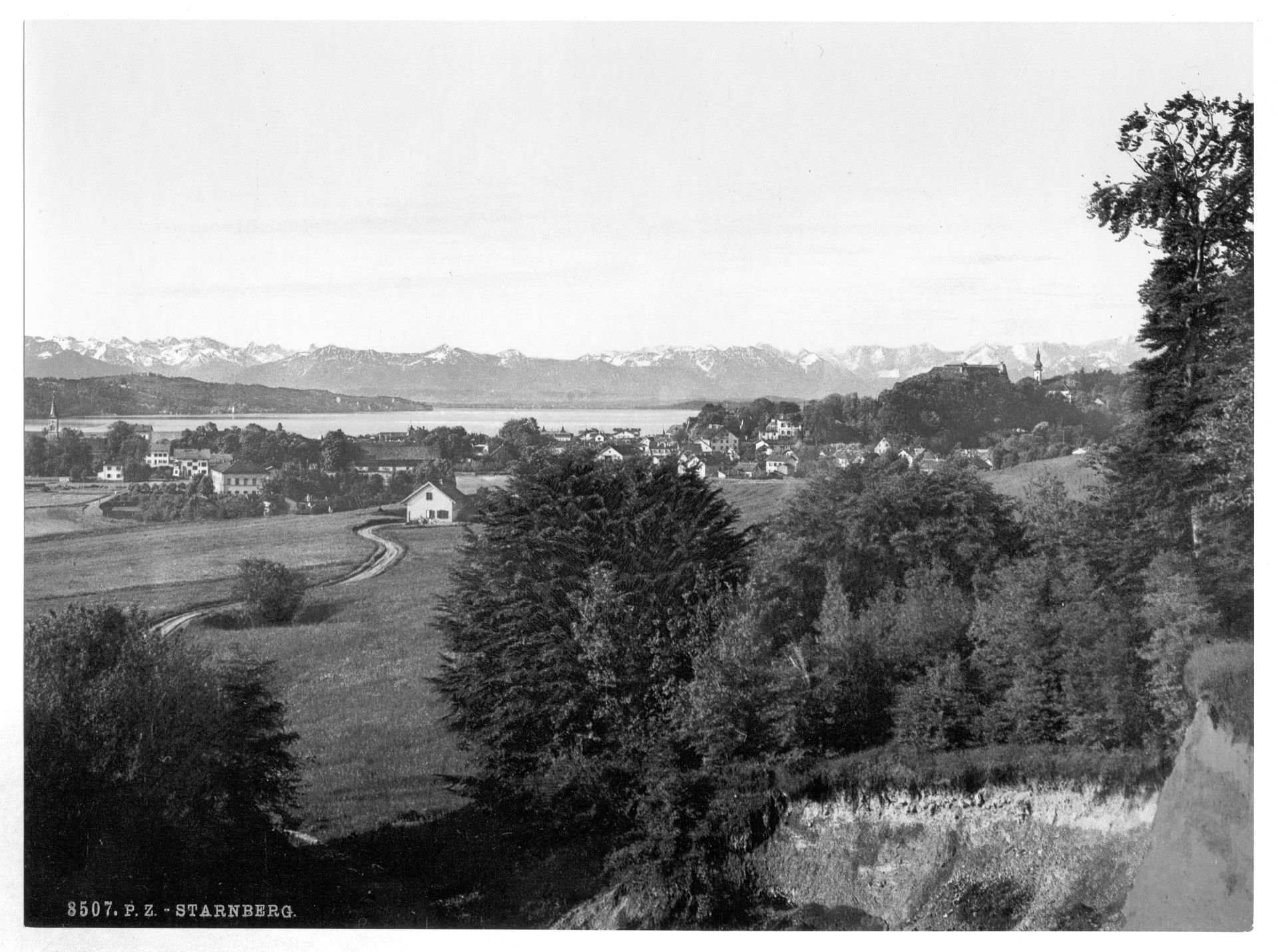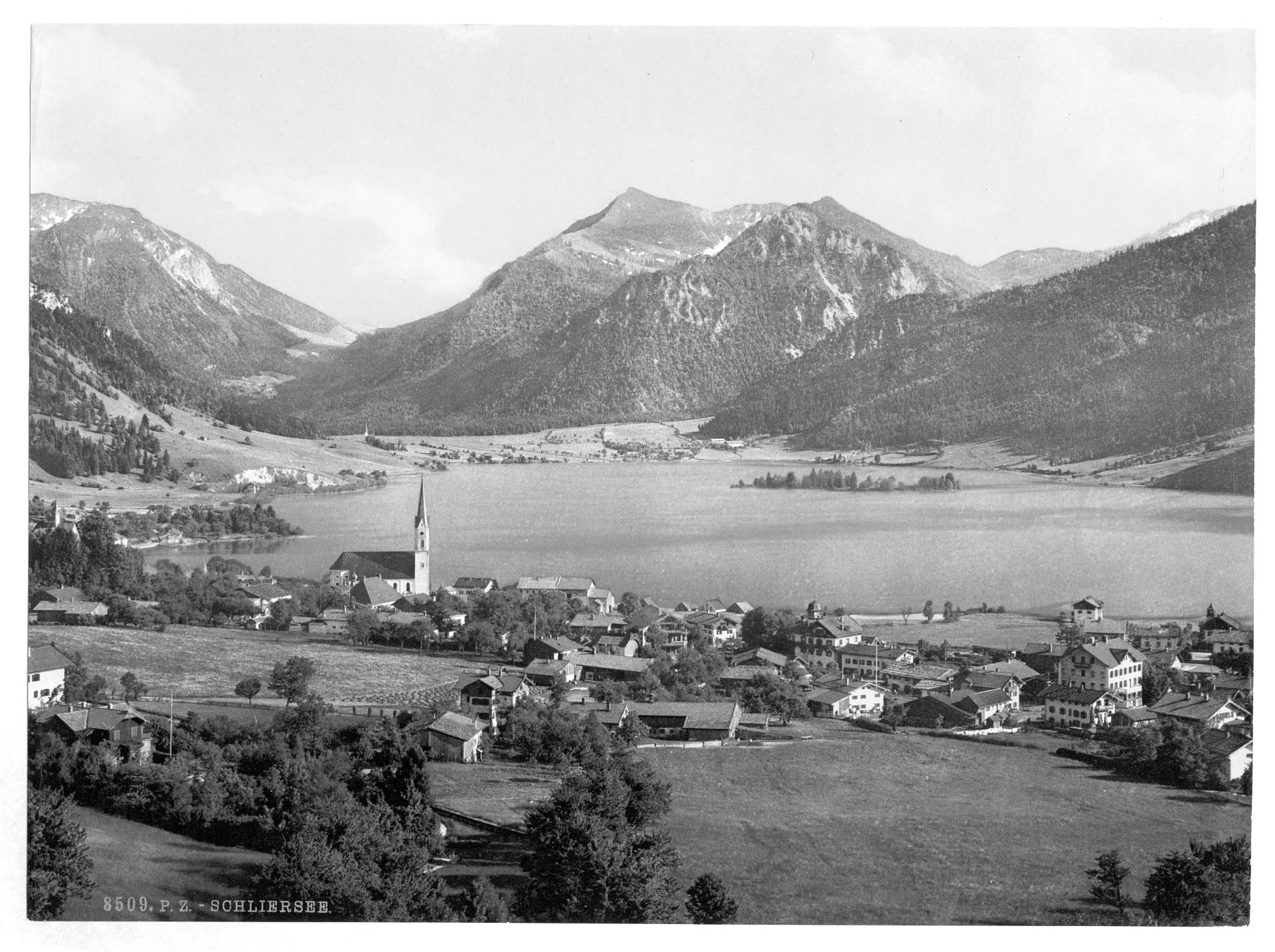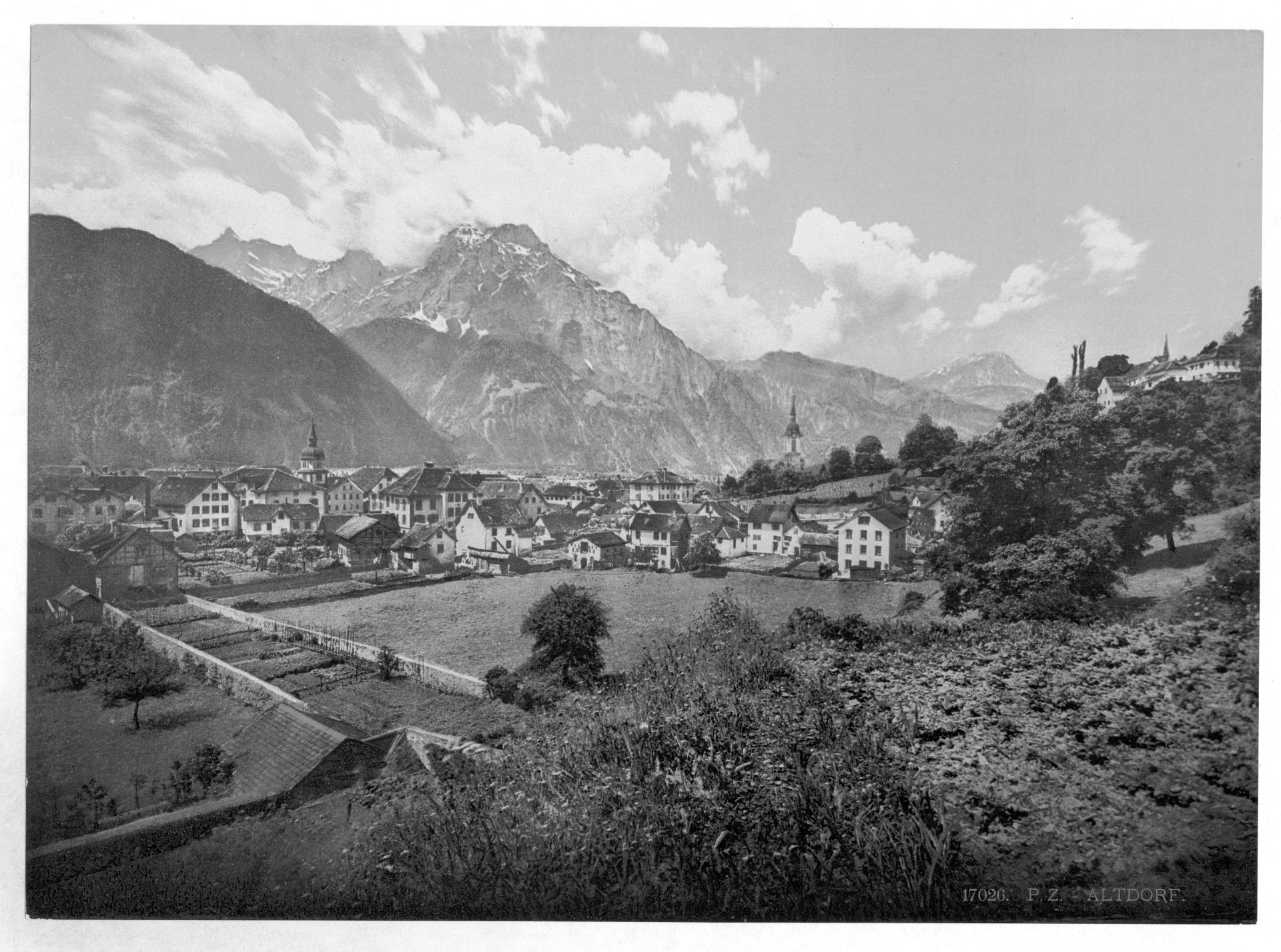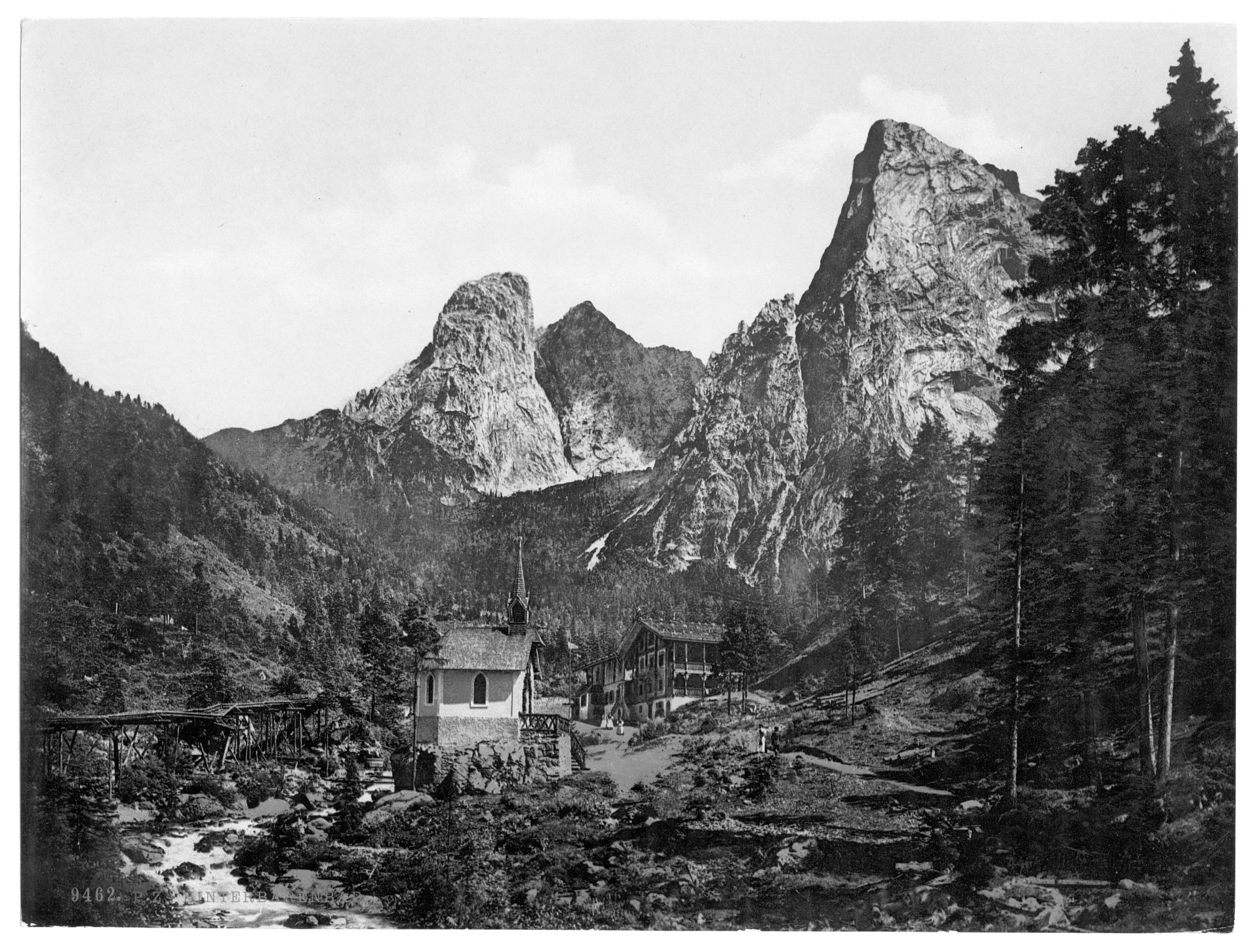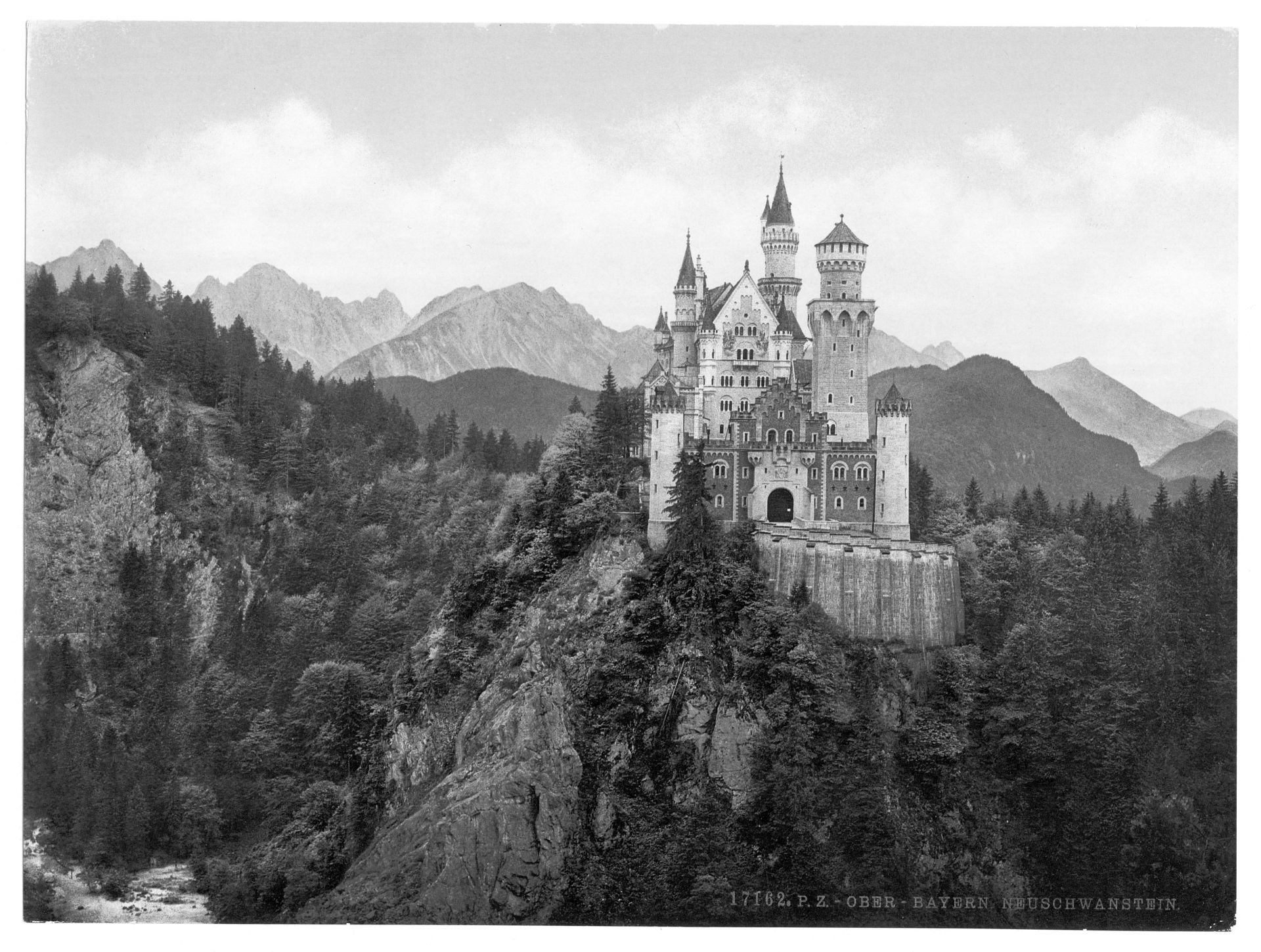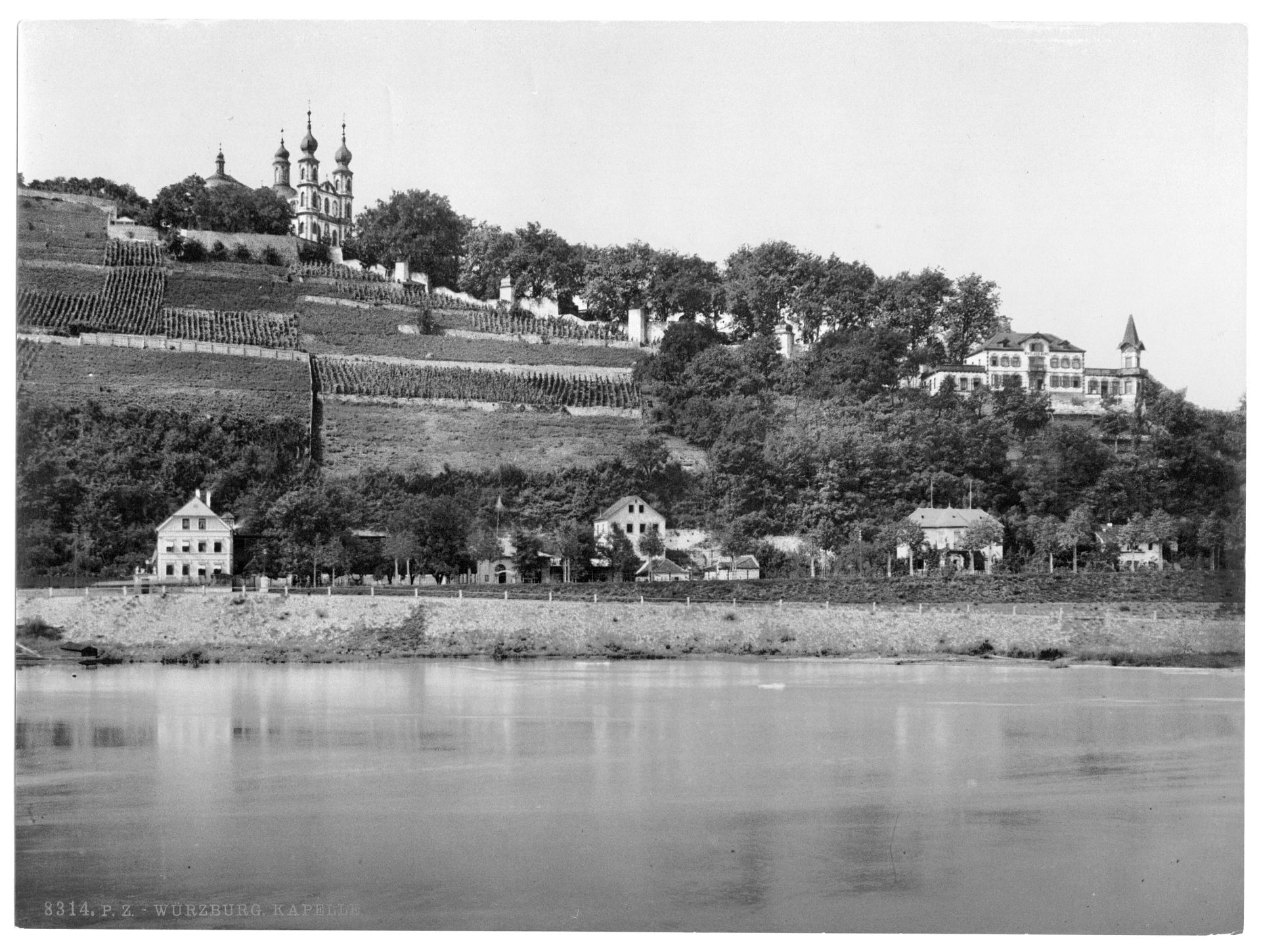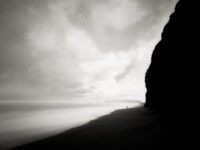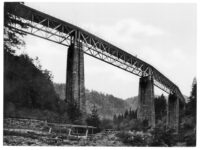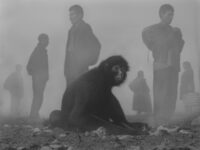When Bavaria became part of the newly formed German Empire, this action was considered controversial by Bavarian nationalists who had wanted to retain independence from the rest of Germany, as had Austria.
As Bavaria had a heavily Catholic majority population, many people resented being ruled by the mostly Protestant northerners of Prussia. As a direct result of the Bavarian-Prussian feud, political parties formed to encourage Bavaria to break away and regain its independence.
In the early 20th century, Wassily Kandinsky, Paul Klee, Henrik Ibsen, and other artists were drawn to Bavaria, especially to the Schwabing district of Munich, a center of international artistic activity. This area was devastated by bombing and invasion during World War II.

